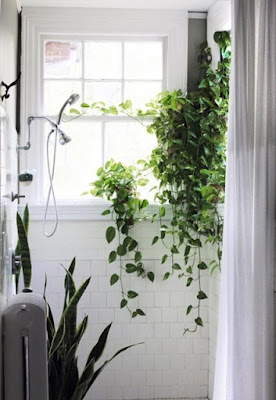Blueberry fruits contain rich nutrients. They not only have health care function, but also can prevent brain aging, strong your heart, anti-cancer and soften your blood vessels. It enjoys the reputation of "queen of the fruit". Price of artificial planting blueberry is very high now, many families begin to plant potted blueberry themselves. You can watch the beautiful flowers and taste the yummy fruits at one time. So, how to grow? Let me tell you.
First. time of purchasing blueberry seedling and management
The best time to plant blueberry is from autumn to the bud period in the spring. In this period, transportation, management and planting are simpler. If you plant in the autumn, there will be a little flowering next year and they can fruit normally in the third year. The full productive age is more than 5 years. For family potted planting blueberry, the fruit bearing period can be 35 years if they are well-managed.
Second. species selection
You'd better choose species which do not need pollination tree to bear fruit. Lowbush blueberry is only suitable for outdoor planting in cold areas. Other species are almost suitable for potted planting.
Third. soil requirements
Blueberry likes acid, soft, breathable soil. It's better when the soil contains organic matters. Generally, the soil PH value should be 4.5~5.5, the organic matter content is 8%~12%. You can buy common humus soil and add rotten moss or peat,
saw dust, the rotten pine broken skin according to your condition. Sulfur should be added once a month until the leaves have minor burns. Remember to apply acid fertilizer, too.
Fourth. the container
Good air permeability clay pot is suggested, the second is litter pot, after that is plastic pot. It's better not to choose ceramic and porcelain pot.
Fifth. climate
Very important factor to ensure the blueberry can bear fruit! The blueberry must suffer 7.2 degrees low temperature dormancy. The lowest temperature varies depending on the species. If you plant it only for flower watching, they do not need to suffer the low temperature.
Sixth.water management
Root system distribution is very shallow and is very sensitive of lacking of water. You should keep the soil moist but not having hydrops. It differs in differnt growing seasons. In the vegetation growth phase, maintaining the optimum moisture can help the plants grow. You should reduce the water supply before and in the fruit growth phase. Otherwise, excessive vegetation growth will take the nutrients for fruit growth. After harvasting, go back to the optimum moisture to promote vegetation growth. In order to enter the dormancy period, you should reduce the water supply.
Seventh. fertilization
Blueberry is oligotropic plant. Compared with other fruit trees, it has low content of nitrogen, phosphorus, potassium, calsium and magnesium. Due to this characteristic, remember to prevent excessive fertilization in order to avoid damage. Here, the fertilization refers to the additional fertilization.
Click here to start your gardening:




































